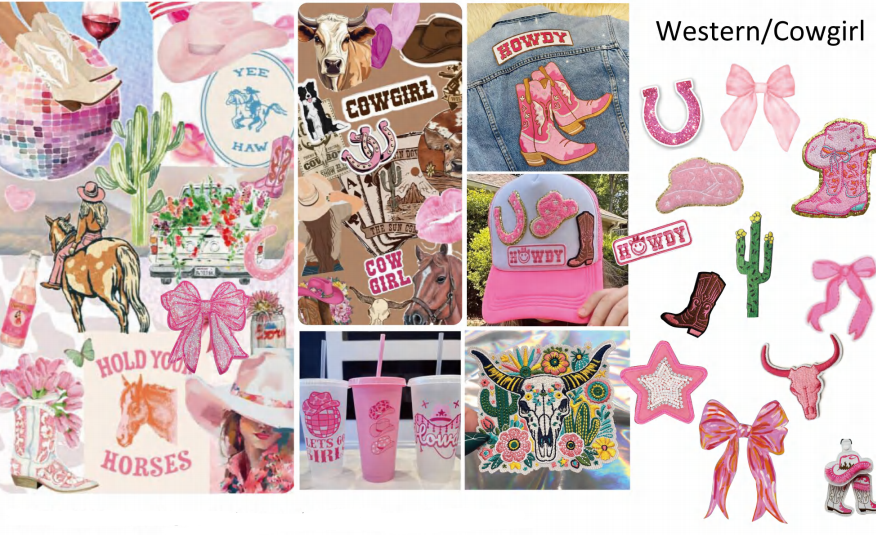This cannot be stressed enough upon, but recycling is the need of the hour. Every day, the population grows. Since this is the case, the amount of waste being created is likewise expanding exponentially.
Increasing trash output causes rubbish dumping to require additional room. The space on Earth is limited, and it is our responsibility to make the most of it.
One such example of a well-pondered and well-executed recycling technique is making a ‘recycle patch’ - marking the threads’ journey from Plastic to Polyester.

You read it right. The ‘recycle patch’ is made from 100% recycled thread from abandoned water bottles in the depths of the oceans. There would be many questions about it; read on to gain some insight.
Why Recycled Threads for Your Pretty Patch?
All the fabrics that have been reused for another purpose are the most sustainable. However, the textiles used to recycle old stuff still consume a lot of energy to turn old items into new ones. They most assuredly utilize significantly less energy and resources than it takes to create fibers and fabrics from scratch.
Even while recycling plastic sounds like a simple excellent concept, the global sustainable fashion community's celebrations are far from unanimous.
Reverse-recycled polyester gives an environmentally friendly second life to a non-biodegradable substance instead of being disposed of in a landfill or the ocean. An estimated 150 million metric tons of plastic now exist in marine habitats, and according to Ocean Conservancy, 8 million metric tons enter the ocean each year.
Over the next four decades, if we continue at this rate, plastic in the ocean will outweigh fish by 2050. Approximately 60% of all seabirds and 100% of all sea turtle species have been found to contain plastic because they mistake it for food.
The Process
Once you've tossed a PET bottle (labeled #1) into a recycling bin, everything begins. At a recycling facility, these bottles are sorted and put together to form enormous bales. Once the PET bottles have been collected, they are sent to a PET bottle recovering facility. All the bottles are cleaned and labeled, and each color is placed in its bottle (the clear bottles will produce a white-ish polyester yarn and the green bottles produce a green-ish yarn).
After that, the bottles are pulverized into tiny flakes in a grinder. They are hurled into heated air to harden the flakes, and the excess moisture is removed by drying. Finally, the dry, crisp flakes are cooked through pipes placed over boiling water to result in a thick liquid.
Sixty-eight small holes are used to filter that liquid via a dye plate. In liquid polyester, filaments appear as liquid polyester runs through the small holes, each measuring a little over 1 nanometer in diameter.
As filaments slowly sink into the mold, they harden and are rolled through rotating cylinders where the filaments entangle with air, forming a dental floss-like yarn. To stretch the yarn, the machine takes it off the spool and then runs it through heated metal rollers to aid in the reorientation of the polyester molecules.
Once the resulting yarn has been spun into polyester garments, it is ready to be woven to make the beautiful patches by http://miakapatches.com/.
W(e)aving By...
Over and above, no matter what the damage control, ensure you do your bit towards the environment by not using plastic, wearing sustainable fashion, recycle stuff, and save energy. These small efforts have the potential to make a life-changing discovery for preserving Mother Earth!



